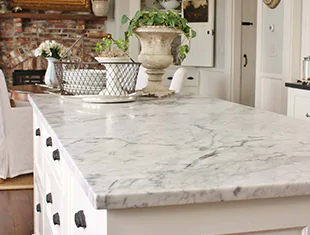Marble is a worldwide natural stone that has long been regarded as the most loved and precious construction material in the whole world, from the magnificent atmosphere of the legendary Taj Mahal to the simple floor of your house. The Washington Monument, Michelangelo’s David, and Florence’s Cathedral all include marble.
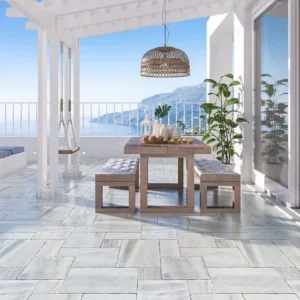
Marble’s adaptability may be appreciated by the fact that it can be found in practically every kitchen in a variety of designs and patterns. Some people choose to display it on the floor, while others prefer to do it through a kitchen countertop. Marble stone continues to be the top option in practically every building project due to its unmistakable aesthetic and practical appeal. And when it comes to choosing the finest quality, Indian marble emerges as the best choice. there are several Indian marble suppliers that provide superior quality marble at reasonable rates.
Marble, which is sometimes mistaken for a metamorphic rock, is actually a distinct kind of rock that underwent several changes to take on its current shape. For instance, limestone, which forms on the coasts and bottoms of tropical oceans, was the original form. Shells, shelly remnants, minuscule shells, and softened shells are all components of limestone. The shelly residue of limestone may have intermittent coatings of clay depending on the particular conditions at a particular beach. Yet, in general, limestone is a kind of calcite-containing shell fragments.
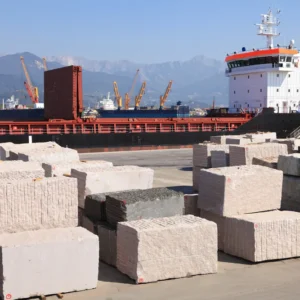
Why Marble Is Distinctive?
The moist shallows that aid in the production of limestone are not impermanent. In essence, oceans are geologic conveyor belts. The world map steadily shifts as the ocean floor gently blows out from the centre and glides beneath continents at the boundary.
The excess heat alters the calcite grains and firmly mixes them when a limestone seafloor is drawn down into the Earth’s crust. The original flat-lying rock layers bend, clasp, and twist together due to the active working of rock layers as they are compressed, distorted, and pushed around. In this hot state, a rock doesn’t disintegrate. It just becomes somewhat warm and pliable, resembling milky bar chocolate on a table. Accordingly to leading marble suppliers in India, “the traditional appearance of marble, which consists of exquisite colour carvings, is the result of heating and warping. Similar to how a band of chocolate seeped throughout the fudge ice cream, the grey-colored whirls in marble are made up of clay layers that were wrinkled, tarnished, and recombined into the marble.”
The astonishing visual appeal of marble comes from its wider range of colors and differences present it. On one end, these patterns yank on the heartstrings and offer artistic potentials. On the other side, each of these differences has its origin in some kind of geologic process.
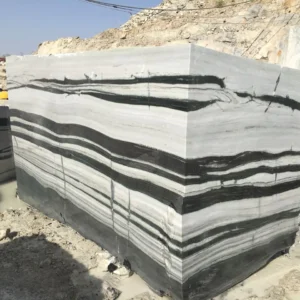
The furthermost popular color of marble is white. The standard, white marble is absolute calcite, deprived of intervening minerals that highlight color. Yule and Thassos marbles are great examples of unspoiled white marbles. Marble can also be found in a dynamic variety of colors and textures. Pink marble gets its color due to the presence of iron oxide, and the same is with golden marble. Green marble has serpentine, abundant in magnesium. Fossil-loaded limestone becomes graphite-touched marble, as the carbon in fly-fish, or algae goes back to the ` essential carbon in graphite when the rock is exposed to heat. Graphite-rich marble is a steely grey variant with a metallic shine.
Properties of Marble
Marble’s mineral makeup is comparable to that of limestone, which was its former form; both of these stones are made of calcite, commonly known as calcium carbonate or CaCO3. Onyx and travertine are mostly composed of calcite, one of the most common minerals on the earth along with marble and limestone.
Before continuing with the use of a marble slab, one should be aware of specific features of calcite. On the Mohs scale, calcite often ranks as a figure 3, making it highly scratchable by ceramics and blades.
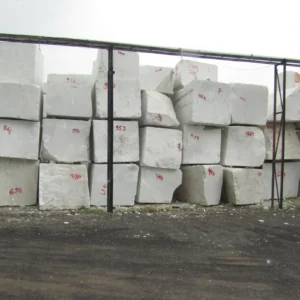
Also, it has been discovered that calcite reacts chemically with a number of common acids, including those found in beverages like wine, cola, and lemonade. The colour and/or sheen of the stone do somewhat vary as a result, but the uprightness of marble is unaffected. A scratch on a polished marble surface resembles an unpolished spot.
Since calcite diffuses acid, marble is ground up to make antacid medications. It also provides an insight as to how acid damages marble. Acid interacts with the marble, neutralising the acid but causing damage to your countertop in the process. Ironically, you can find yourself reaching for an antacid when someone accidentally drips pickle juice on a brand-new marble countertop, causing the same chemical reaction on the countertop and in the digestive system of the offender.
There is a widespread belief that marble is readily stained. This is quite unusual, though. The minerals are intimately joined by the metamorphism that scorches the stone. Granite and marble both have the same degree of porosity. Given that every stone has a different porosity, examine the stone’s specifics and run several tests before continuing. Usually, marbles are sealed to reduce the risk of discoloration. Regrettably, sealing does not significantly improve the marble’s etching.
Marble + Magnesium = Dolomite
Marble that is dolomitic is similar to regular marble. Most marble is composed of calcite, while dolomitic marble contains small amounts of magnesium (CaMgCO3). The only significant differences between the two classifications is that Tyidolomitic marble is a little bit easier to etch. In other words, it indicates that one will have a little window of time to clean the surface prior to a chemical leak.
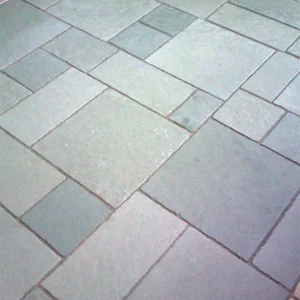
Limestone is often categorized as marble
Sometimes, rather of using it literally, the word “marble” is used broadly. Several masonry professionals group marbles, limestones, and travertines as one family of stone since they all require the same maintenance and refinishing procedures. Polished limestone is frequently confused with marble. Although there isn’t much of a difference between the two, marble is far more substantial and hence significantly stain resistant. Limestone is a term used to describe a slab of stone that has fossils, shell pieces, or open spaces inside the stone.
Various applications of marble
Marble remains a prevalent option for backsplashes, countertops, tabletops, flooring, washrooms, and wall cladding. Marble’s resourcefulness places it at home in an ancient Greek figurine, in a profligate hotel foyer, or on a meticulous kitchen isle. Marble also discovers its way into our lives as household objects like rolling pins, cheese boards, lamps, and vases.

